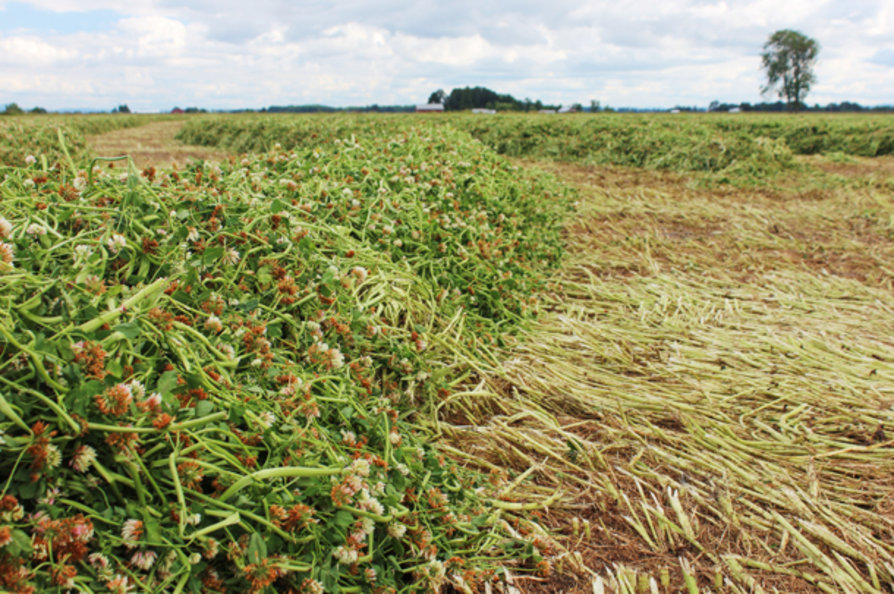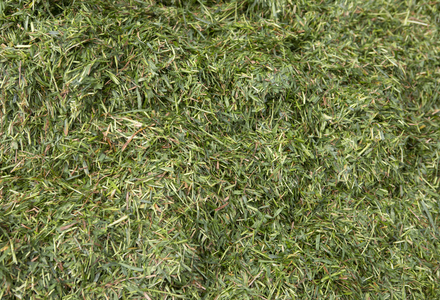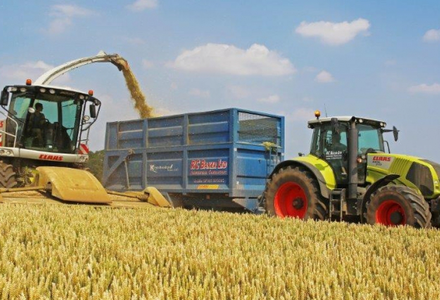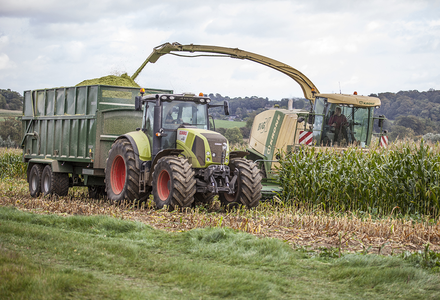Legume silage
Legumes
Legume is the common term for a plant species that has an association with bacteria known as Rhizobia. Legumes include: white and red clover, Lucerne, Sainfoin, Bird’s-foot trefoil or lotus, Lupins, Forage peas and beans.

Rhizobia live on the root nodules of the legume and fix atmospheric nitrogen, making it available to the plant. This means there is little need for nitrogen fertiliser. Consequently, legumes are important crops for organic farmers.
The popularity of legumes has waned over the years as they are difficult crops to grow. However, in recent years, more tolerant, disease resistant varieties have been developed and interest in these crops is increasing again.
Method of Preservation
The principle of ensiling legumes is the same as for grass silage, but legumes have a low sugar and high protein content, resulting in a high buffering capacity. This means that legumes are difficult to ferment, which can result in poor quality silage. Consequently, they need to be treated slightly differently.
Rapid wilting (48hrs), assisted by the use of a mower-conditioner with rubber rollers, to at least 30% dry matter helps to make the crop easier to ferment using additives. IGER (2001) recommend that the dry matter must be over 45% if no additives are used. Legume silage can be clamped or baled in the same way as grass and maize.
Advantages of Legume Silage
- Environmental benefits due to the fixation of atmospheric nitrogen
- Reduction in the need for artificial fertilisers
- High protein
- High production per hectare
- Reduction in concentrate feed costs
Disadvantages of Legume Silage
- Narrow harvest window
- High input costs
- Difficult to ensile
- Make increase nitrogen excretion


